Shooting for a cause
There is no better way to raise awareness about what needs to be changed in the world than through pictures. Pictures can tell their stories in any language. This is a story about those pictures and the artists who make them. The why, the how, and the rewards. Candide McDonald investigates.
Most photography for causes begin with an idea to document genuine people and moments, and typically it’s the photographer’s initiative. Let’s start with an exception, firstly, because of its striking difference. It’s a series of still life images. The images are used to illustrate a campaign idea, and that campaign idea – and the commission – came from an advertising agency, Ogilvy & Mather, London, for the organisation, 28 Too Many. And because, while that campaign earned a showcase full of awards, it also received a deluge of criticism.
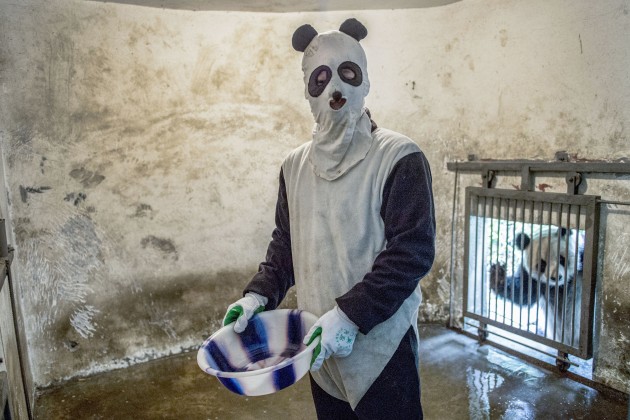
Images shot for a particular cause typically trigger emotions – some good, some bad. This campaign wanted to trigger shock. It aimed to show people that female genital mutilation doesn’t only happen in faraway countries. Each of the photographs was a section of a country’s flag. It was stained with blood and had been roughly stitched together with a thick thread. The reference to female genitalia was obvious. The accompanying headline read, “Female genital mutilation doesn’t only happen in far away places.”
London-based Dario Mitidieri received a commission from advertising agency, M&C Saatchi, for his series, Lost Family Portraits. And then he won a 2016 World Press Award in the People category. Mitidieri’s photographs were used to tell the stories of Syrian families who had lost family members through war, by the humanitarian organisation, CAFOD, at a time when the press and social media were saturated with mostly negative stories about refugees.
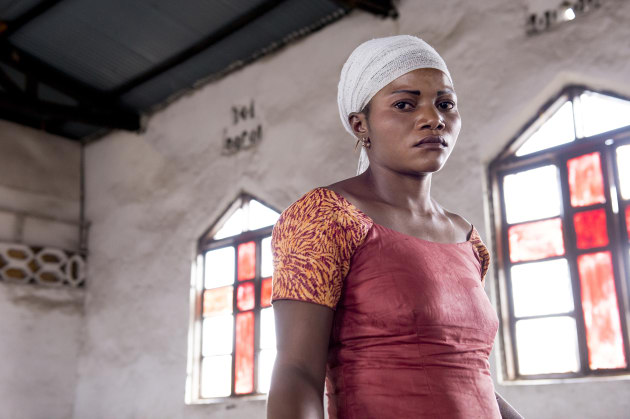
“They wanted everybody to know what happened to them.”
The response to Mitidieri’s project was overwhelmingly positive. “What was amazing was that despite their terrible traumas and fear of repercussions, many families did come forward and agreed to take part in this project,” he says. “They explained to us that they don’t want to be forgotten. They wanted everybody to know what happened to them. Being able to tell their stories through words and photographs perhaps helped them too, a little, to come to term with their losses.”
The most important element of the shoot was trust, Mitidieri recalls. And the fact that these people gave him their trust astonished him. Communicating and speed were its challenges. “It helped that at the beginning of my career I freelanced for various newspapers where I learned that sometimes you only have a few minutes to get your photograph,” Mitidieri says.
The stories that resulted have been read 780 million times online, and the Lost Family Portraits project continues to generate interest worldwide. And yet, it’s not Mitidieri’s most well-known project. That is Street Children of Bombay, whose aim was to give a voice to children who occupy the very bottom rung of India’s social ladder. Being the recipient of the highly prestigious W. Eugene Smith Grant in Humanistic Photography, in 1991, allowed him to complete the project, which involved him living in Bombay for a year. The work was published as a book, Children of Bombay, first in 1994, in six languages, and was described in the French magazine, Photo, as “one of the ten most important photographic books of the decade”.
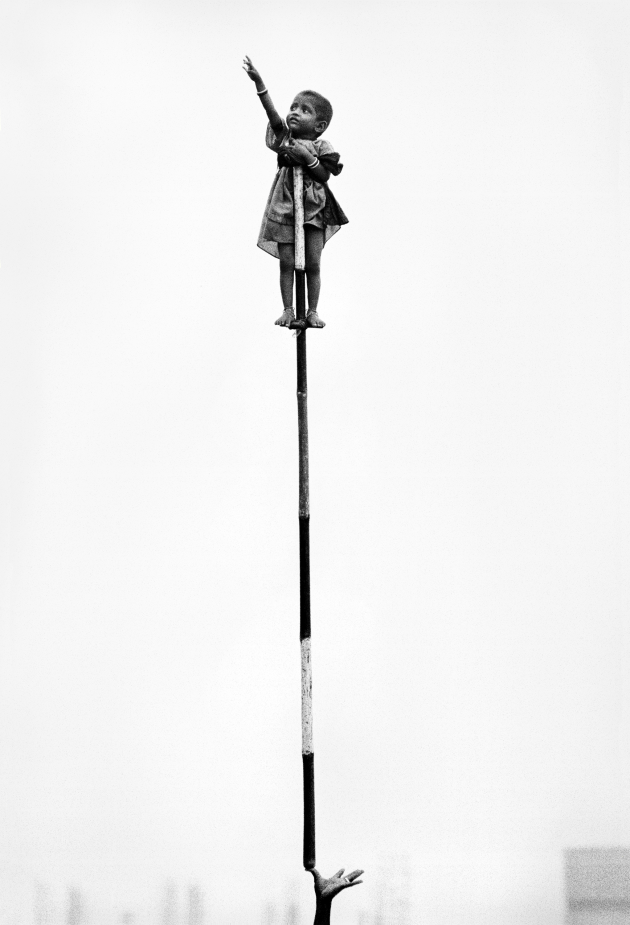
“To me, the stories worth telling are genuine ones.”
By and large, though, photographers shooting for a cause are not looking for fame. “I’ve never had a particular motivation to photograph stories for causes, but I am motivated to try to photograph genuine people and moments,” says Australian Hamish Gregory. “It just happens that the opportunity to capture these moments often coincides with a cause. Photography is a communication tool and I think that as a photographer you are in a unique position to tell stories. To me, the stories worth telling are genuine ones.”

His greatest success, he says with a smile, is not world peace. But, “I photographed a boy in a very small orphanage in about 2005 in Kenya, and about three years later a businessman in Melbourne saw his image hanging in a corporate institution that had purchased it at my exhibition,” Gregory says. “He was inspired to sponsor this boy and his siblings, and after a process of 12 months, we managed to track him down living with his grandparents in rural Kenya, where he was unable to afford attending school. The man has subsequently sponsored him to attend secondary school, and Albert is now part-way through further carpentry vocational training.”
For Didier Mayhew, working on causes came first. He worked as a psychologist and a social anthropologist among refugees, prisoners, and victims of trauma, and in 2009, decided to settle in Nepal where he has been living ever since. “For the last eight years, I’ve been working within a local Nepalese group dedicated to supporting homeless families. I spend most of my time among slum-dwellers and rag-pickers,” he says. “Recounting their daily lives has been one of my main concerns but, for a long time, I was only doing so through writing. However, the more time I spent with them, the less I was able to describe the complexities of their lives. Taking pictures helped me capture what I wasn’t able to express in words. I decided to commit to photography in order to draw attention to social issues that remain little known.”
“I only want to remind us all of what we have.”
American photojournalist and documentary film maker, Ami Vitale doesn’t want to create world peace or change the world either. “I think it’s a beautiful place already and I only want to remind us all of what we have, and what we need to protect.” And yet her work helped to save the world’s pandas. It took three years to finish and presented innumerable challenges, the biggest of which was getting access to one of the world’s most endangered animals. “This is a very rare, finicky, endangered animal with teeth and claws. With only a few thousand in the world, the Chinese treat it as a national symbol, and each panda is closely guarded and watched. They are multi–million dollar bears that everyone treats with kid gloves, and they are highly vulnerable. Getting close, without interfering with their biology and conservation, and in a way that is acceptable to its very protective minders was challenging,” Vitale says. She also had to get the bears to trust her, and that meant being suited up in a panda costume scented with panda urine.
Ultimately, National Geographic published her project – it appeared in the August 2016 edition of the magazine, and the panda was taken off the endangered species list one month later. The work was critically acclaimed and recognised in competitions including Pictures of the Year International, World Press Photo, and the 2017 Sony World Photography Awards.
“We’re proud of everything we have created.”
Danielle da Silva has contributed the work of 700 photographers to the world. She is the founder and executive director of Photographers Without Borders (PWB), which she says began with an epiphany, while she was working towards a career in sustainable international development in India. “I realised that the top-down approach was not for me. It felt far too neocolonial. I felt that grassroots initiatives had far more success in terms of lasting, sustainable change on the ground because they are so community-oriented and they usually form organically to address local issues,” da Silva says.
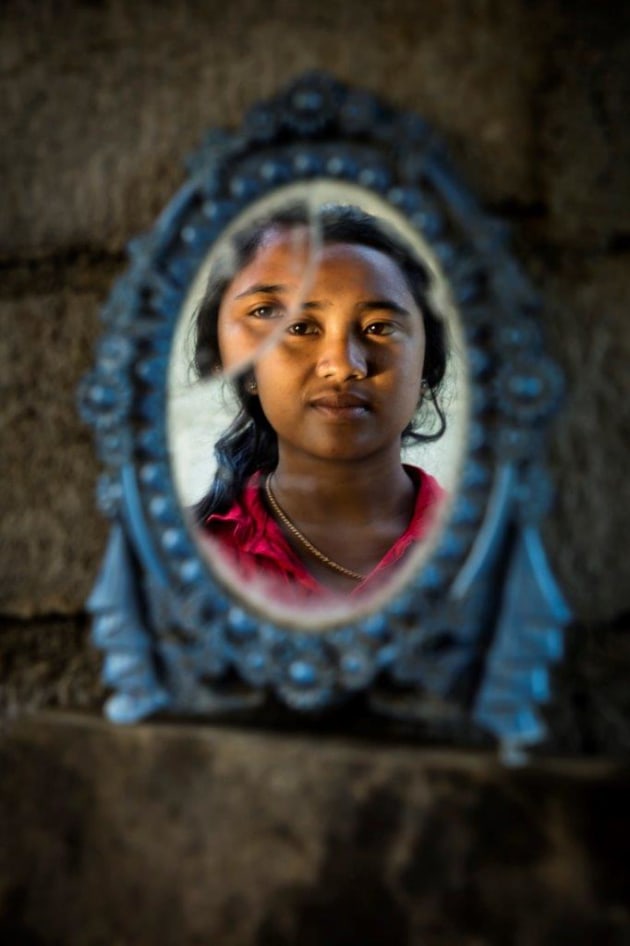
Initially, da Silva had been using photographs simply to document her experiences, but on a local project to create access to adequate health care and education. “I found that the images I showed said more than I could, and in an instant people were connected,” she says. “I raised enough money to build nine schools. And PWB was born.”
When asked about PWB’s greatest achievement, da Silva says that it’s the team. “Beyond that, we’re proud of everything we have created – PWB TV (5 episodes/season, 1 season/year premiering online every October), PWB School (our incredible workshops around the globe for Photographers Without Borders-in-training), our online and print magazine (published semi-annually, distributed online), and having worked with over 100 projects in over 30 countries with our flagship PWB Program, plus a photographer/videographer membership that keeps growing.”
In order to be successful, images shot for a cause must be able to move people. Surprisingly, empathy is not a prerequisite for this sort of work, Gregory notes. “I’m not sure I can relate to some of the people I photograph for cause and NGO work. We come from very different worlds and I can’t appreciate what they have been through. So I just try to photograph in a genuine and respectful manner. That said, I think my actually living in, rather than visiting, these places helps to create a sense of connection in cause photography.”
For Ami Vitale, the work must tell a story. “It has to be so much more than just beautiful. And it’s not just one perfect photograph that matters. Visual storytelling is different from making a single, ‘perfect’ image. The images must work together to create an understanding of a place and culture.”
Mayhew’s aim is not to create a “perfect” picture. “Listening and giving the people we are trying to depict attention is vital, not only because it provides insight into their daily struggles, but also because these people need to feel acknowledged, in a society that overlooks them,” Mayhew says.
The people he is depicting must provide the motivation, not his photography. And the composition should be simple, and even naïve, he says. “The aim is to help viewers focus on the realities we are depicting, not on how the picture is taken.” But it should not be simplistic. “One of the most important tasks of cause photography is to raise questions and leave the viewers with something unexplained – something they might think about later. Questions are often the starting point to make change happen.”

“I’m constantly pursued by the need to be moved and to move others.”
UK-based photojournalist, Gareth Barton’s first work for a cause came obliquely, through a client. “I was creating a marketing campaign for a client working in post-conflict zones and was invited by them to visit a project in South Sudan, where I fell in love with the people that I met and had the privilege of sitting with to hear their stories. I had taken my cameras with me, but I was concerned about issues of exploitation and was reluctant to just shoot at will. However, I discovered that when putting the people and their stories first, they invited me to photograph them, and the images began to speak of the connection we had made. And that became my motivation. Relationship first, stories and pictures later.” The fact that he is also the journalist, he says, forces him to think much harder about the images he creates. “It’s not an easy role as I’m constantly pursued by the need to be moved and to move others,” Barton says.
This journalist would like, therefore, to put her “pen” down now and let Barton finish this story in the hope that it motivates you to think about giving a tiny bit of your time and effort to this fact of life, which is stated in the introduction – “there is no better way to raise awareness about what needs to be changed in the world than through pictures.” And as Barton notes, accurately, “If they’re passionate about telling stories, then they’re probably already doing it. If they’re not, then I simply look at them and ask, ‘Why not?’ I think that the best photographers just can’t help but do what they do.”
Hopefully, Barton’s makes you passionate about “telling” the stories the world needs to see. “Many years after we took it together, my picture of Saffi still moves me to tears. Saffi was tied up, blind-folded, and gang-raped when she was 14 years of age, and became pregnant as a result. The shame culture of eastern Democratic Republic of Congo is so vile that her family put her out on the streets in what the UN calls the rape capital of the world, and the most dangerous place for a woman to live. Tiny, pregnant, and vulnerable, on the streets of this violent city, Saffi had been raped countless times over the years and has four rape-conceived children, who are themselves stigmatised. I’ll never forget the time we spent talking through an interpreter. Those who should have loved her have reduced Saffi as a person.
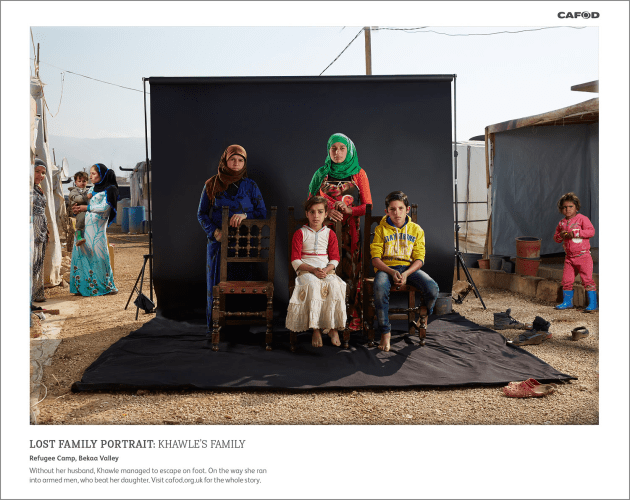
“I wanted to show her extraordinary courage and dignity and so I shot from a low position, giving her the statuesque strength I had seen in her. Her face in that image seems to me to declare aloud her strength, her vulnerability, survival instinct, her grief, her fight, her sadness, and her sheer gutsy determination. When we said goodbye after a few days in the city, I couldn’t turn my back on her to get in the car. I just couldn’t turn around. I had to watch as she walked away. My picture of Saffi is my favourite, and the one that always trips me up when sharing stories with people.”
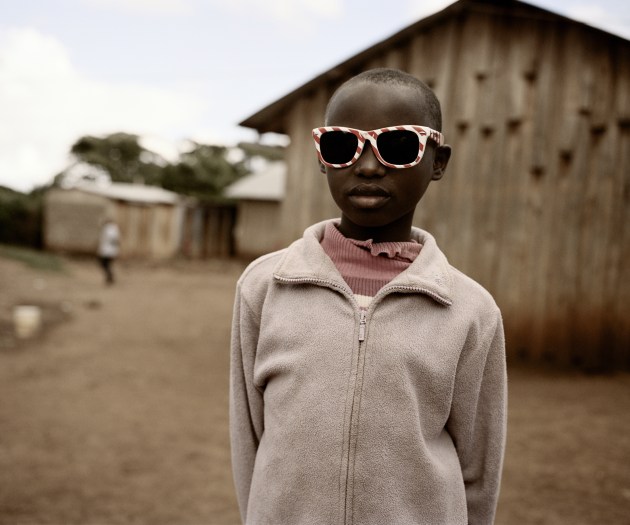
Contacts
Gareth Barton
Hamish Gregory
Didier Mayhew
Dario Mitidieri
Danielle da Silva
Ami Vitale


